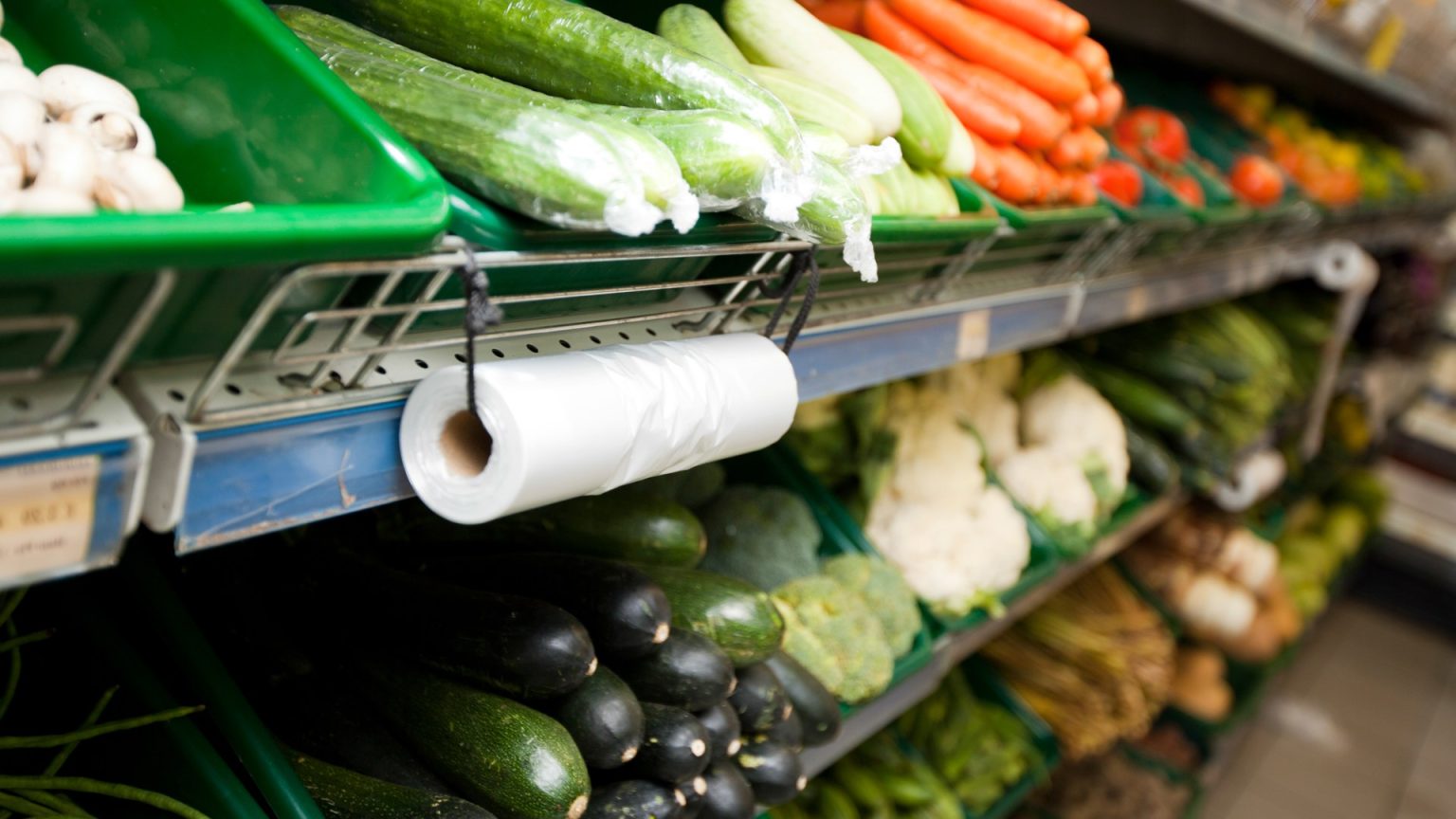The UK’s grocery landscape is bracing for a significant surge in fruit and vegetable prices, a consequence of the tax policies introduced in the recent Budget. The increased costs stem primarily from a rise in employer National Insurance contributions and the upward adjustment of the minimum wage. These measures, while intended to address other economic concerns, are projected to inflate the cost of growing produce by 10 to 12 percent, according to the British Growers Association (BGA). This cost increase is anticipated to ripple through the supply chain, impacting both suppliers and supermarkets, ultimately landing on consumers’ shoulders in the form of higher prices. Major supermarket chains like Sainsbury’s and Tesco have already acknowledged the impending price hikes and are working to mitigate the impact on their customers. Sainsbury’s CEO Simon Roberts emphasized the need for collaboration between supermarkets and suppliers to find the most effective solutions for managing the rising costs, while Tesco’s CEO Ken Murphy echoed a similar commitment to shielding customers from the escalating economic pressures.
The BGA has argued that retailers should bear the brunt of these increased costs, highlighting the prolonged period of underinvestment in the agricultural sector due to low returns. This stance has ignited tensions between suppliers and supermarkets, who are currently negotiating how to distribute the added financial burden. A prime example of this conflict is the reported dispute between the UK’s largest chicken supplier and supermarkets, with the supplier seeking to pass on the full cost increase, estimated to be at least £30 million annually. This struggle for cost absorption is occurring against a backdrop of already elevated energy and fertilizer prices, further complicating the situation for all parties involved. The combination of these factors paints a concerning picture for the affordability of essential food items for consumers.
While food inflation has recently decreased from a peak of 19.2% in March 2023 to around 1.9%, this signifies a slowing rate of price increases rather than an actual reduction in prices. Although some grocery items, like pasta, rice, and certain proteins, have seen price decreases compared to the previous year, the majority of food products continue to experience price increases, albeit at a slower pace. The Bank of England’s forecast of a mere 1.1% rise in food prices throughout 2025 has been met with skepticism from industry experts, with entities like the pub chain Wetherspoons anticipating the necessity of further price hikes for food and beverages. The British Retail Consortium offers a more cautious projection, estimating food price inflation to reach 4.2% by the year’s end. This divergence in forecasts underscores the uncertainty surrounding the future trajectory of food prices.
Amid these challenging economic conditions, consumers are seeking ways to navigate the rising costs of groceries. Strategies for saving money on supermarket shopping include being vigilant for discounted items marked with yellow or red stickers, planning purchases with a shopping list to avoid impulse buys, and opting for own-brand products instead of premium-labeled goods. Additionally, taking advantage of “wonky veg” schemes offered by some supermarkets can provide access to affordable, albeit aesthetically imperfect, produce. For low-income families with children, the Healthy Start voucher program offers financial assistance for purchasing groceries, and many local councils provide supermarket vouchers through the Household Support Fund. These initiatives aim to alleviate the financial strain on vulnerable households facing increasing food prices.
The predicted surge in fruit and vegetable prices underscores the complex interplay between government policies, industry dynamics, and consumer behavior. The tax measures introduced in the Budget, while potentially beneficial in other economic areas, are having unintended consequences for the food supply chain. The ensuing tension between suppliers and retailers regarding cost absorption further complicates the situation, ultimately impacting consumers’ ability to afford essential food items. The various forecasts regarding the future of food inflation reflect the uncertainty prevailing in the market. As consumers grapple with the rising cost of living, adopting savvy shopping strategies and utilizing available support programs become crucial for managing household budgets.
The situation highlights the delicate balance between economic policy and its impact on fundamental necessities like food. While the government’s fiscal measures may aim to address broader economic challenges, their ripple effects on the food supply chain necessitate careful consideration and potential adjustments to mitigate unintended consequences. The collaborative efforts of suppliers, retailers, and policymakers, alongside informed consumer choices, will be essential in navigating these challenging times and ensuring access to affordable and nutritious food for all.


